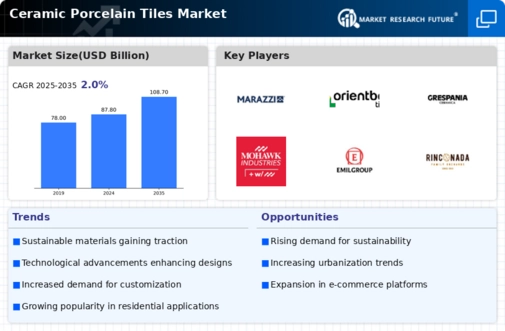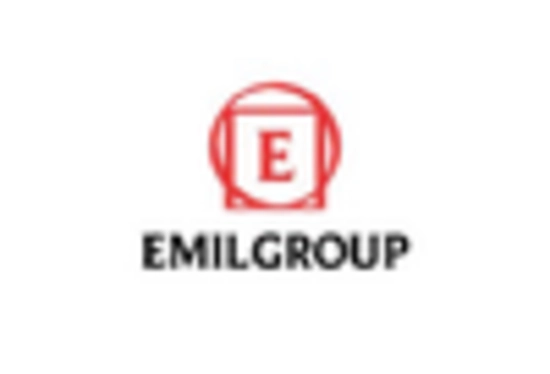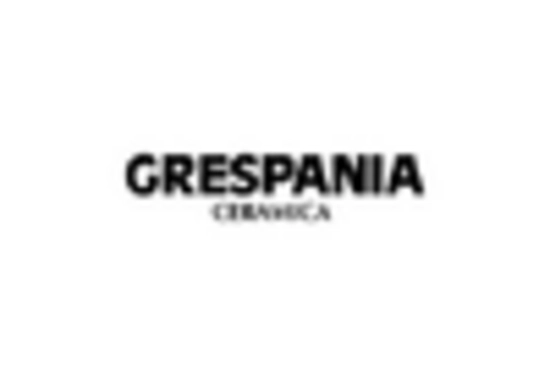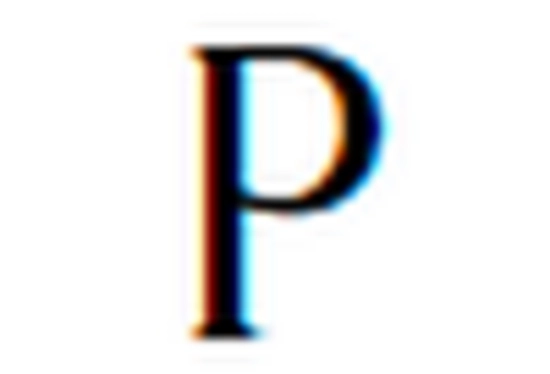Growth in Construction Activities
The expansion of construction activities significantly influences the Ceramic Porcelain Tiles Market. With urbanization trends continuing to escalate, there is a marked increase in residential and commercial construction projects. This growth is particularly evident in emerging economies, where infrastructure development is prioritized. The demand for durable and aesthetically pleasing flooring solutions, such as ceramic porcelain tiles, is expected to rise in tandem with these construction activities. Market data suggests that the construction sector's growth could lead to a substantial increase in the consumption of ceramic tiles, potentially reaching a market value of several billion dollars in the coming years. Thus, the Ceramic Porcelain Tiles Market stands to gain from this upward trajectory.
Rising Demand for Aesthetic Appeal
The Ceramic Porcelain Tiles Market experiences a notable surge in demand driven by consumers' increasing preference for aesthetic appeal in interior and exterior design. As homeowners and commercial property developers seek to create visually striking environments, the demand for high-quality ceramic porcelain tiles rises. These tiles offer a diverse range of colors, patterns, and finishes, allowing for creative expression in design. According to recent data, the market for ceramic tiles is projected to grow at a compound annual growth rate of approximately 6% over the next few years. This trend indicates that the Ceramic Porcelain Tiles Market is likely to benefit from the ongoing pursuit of beauty and style in architectural projects.
Increasing Investment in Home Renovation
The trend of home renovation is gaining momentum, significantly impacting the Ceramic Porcelain Tiles Market. As homeowners invest in upgrading their living spaces, the demand for high-quality flooring options, including ceramic porcelain tiles, is on the rise. This trend is fueled by a desire for improved aesthetics, functionality, and property value. Data suggests that the home renovation market is expected to grow substantially, with a considerable portion of this investment directed towards flooring solutions. Consequently, the Ceramic Porcelain Tiles Market is likely to benefit from this influx of renovation activities, as consumers seek durable and stylish options to enhance their homes.
Sustainability and Eco-Friendly Products
The growing emphasis on sustainability is a pivotal driver for the Ceramic Porcelain Tiles Market. Consumers are becoming more environmentally conscious, leading to a preference for eco-friendly building materials. Ceramic porcelain tiles, known for their longevity and recyclability, align well with these sustainability goals. Manufacturers are increasingly adopting green practices in production, such as using recycled materials and reducing waste. This shift not only appeals to environmentally aware consumers but also positions the Ceramic Porcelain Tiles Market favorably in a competitive landscape. Market analysts indicate that the demand for sustainable products could lead to a significant increase in market share for eco-friendly ceramic tiles in the near future.
Technological Innovations in Tile Production
Technological advancements in tile production processes are reshaping the Ceramic Porcelain Tiles Market. Innovations such as digital printing and advanced glazing techniques enhance the quality and design possibilities of ceramic tiles. These technologies allow manufacturers to produce tiles that mimic natural materials, such as wood and stone, while maintaining the durability and low maintenance characteristics of porcelain. As a result, consumers are increasingly drawn to these innovative products, which offer both functionality and aesthetic appeal. The integration of technology in production is likely to drive market growth, as manufacturers can meet the evolving demands of consumers for unique and high-quality ceramic porcelain tiles.


















Leave a Comment